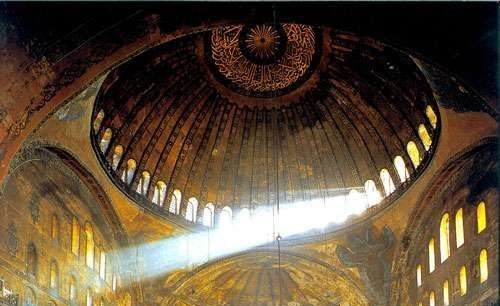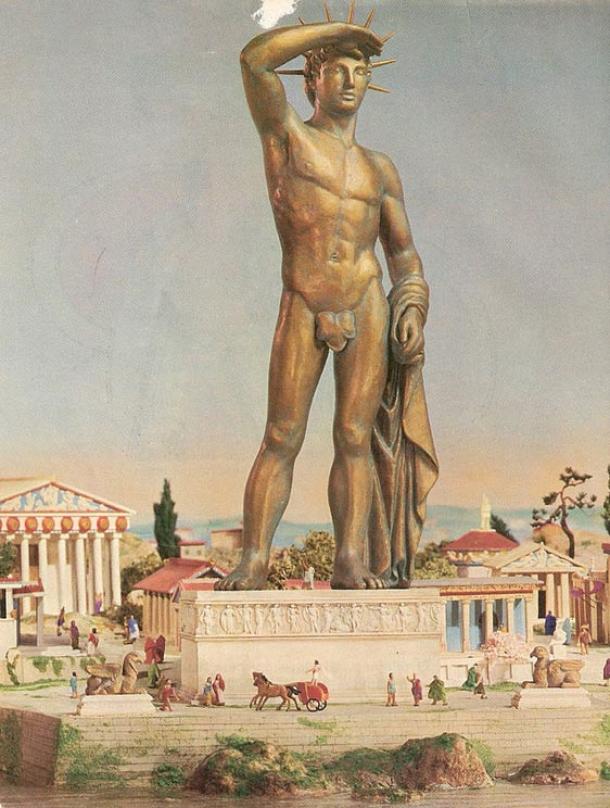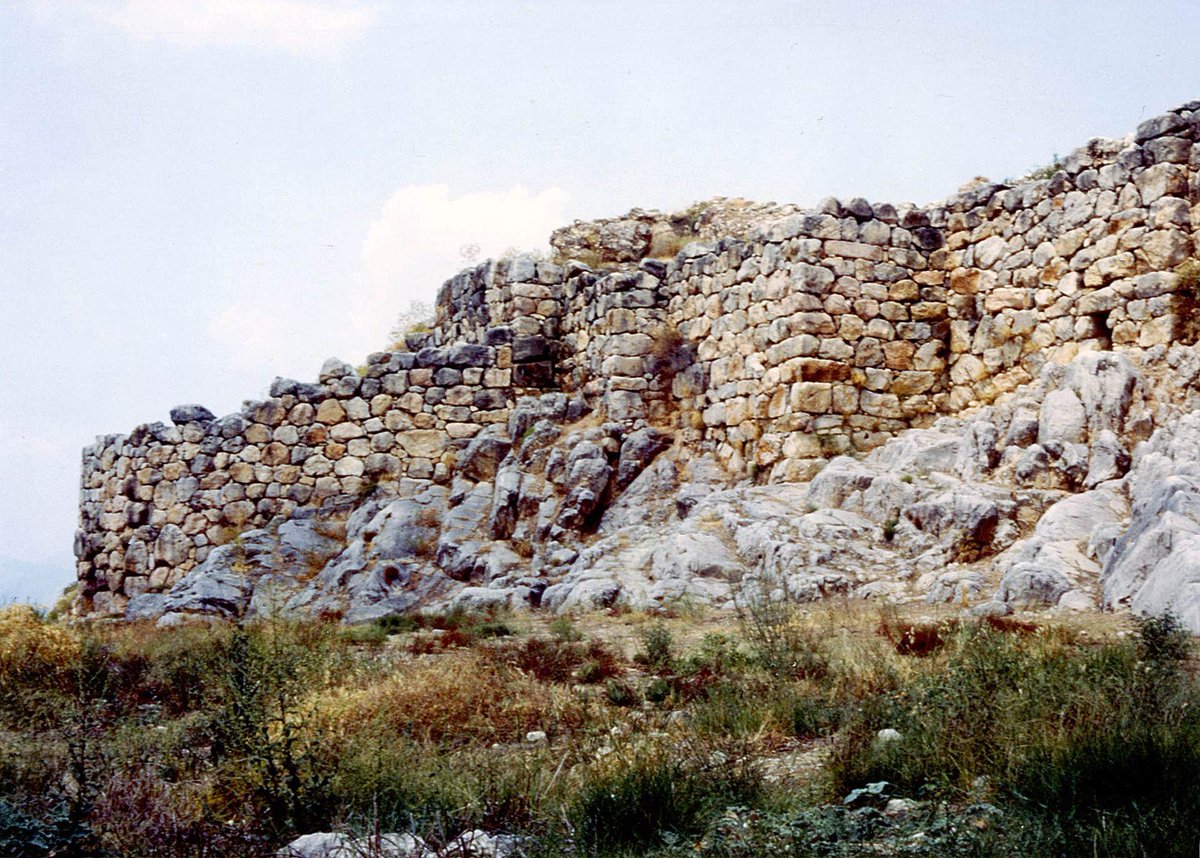
One of the best ways to develop a good memory for history—the framework to hang facts and dates on—is to pay close attention to geography. The same patterns occur over and over in vastly different ages.
Thread
Thread

Obviously, there are a lot of universals—seas and rivers like the Mediterranean & Caribbean, the Yellow & Ganges, create a common culture along their shores, natural units that can be looked at as a whole. But the particulars get even more interesting. 

One of my favorite examples is the Anatolian plateau. Arid steppeland, ringed by imposing mountain ranges, made it highly defensible for any power that could control the passes. This shaped the course of history in huge ways.
https://twitter.com/byzantinemporia/status/1236740282072412161
Going back to the Bronze Age, many civilizations have controlled the entire plateau even in the face of strong external adversaries.
1.) Beginning with the Hittites, the first to rule a unified plateau, despite powerful Egyptian and Assyrian neighbors.
1.) Beginning with the Hittites, the first to rule a unified plateau, despite powerful Egyptian and Assyrian neighbors.

2.) The Achaemenids, who even maintained control over the Ionian Greek cities after their twin defeats in the invasions of mainland Greece. 

3.) The Byzantines, who maintained the line of the Taurus pretty consistently over three hundred years of warfare with the Arabs. 

5.) After the Ottomans gained full control of Anatolia in the 15th century, they held it continuously until the dissolution of their empire, when it became the core of the modern Turkish state. 

When the region wasn’t controlled by a single, strong power, it tended to be a mosaic of smaller states: witness the post-Hittite Iron Age or the Turkish beyliks of the 13th century. 



Far more unusual was the unstable situation that persisted throughout the Hellenistic era, when powerful kingdoms whose main territories were outside Anatolia controlled slivers of the plateau for some time. 



The geography to the southeast of Anatolia created a very different dynamic. The broad plains of northern Mesopotamia received just enough rainfall that they could feed passing armies, which easily traversed the open terrain.
https://twitter.com/byzantinemporia/status/1317809165163692032
But the lack of natural boundaries made it hard to control, either in whole or part, and it was a frequent battleground for outside powers.
Witness the titanic Roman-Persian wars…
Witness the titanic Roman-Persian wars…
https://twitter.com/byzantinemporia/status/1187459638872199170
…or the wars that Saladin fought after the breakdown of Zengid power.
https://twitter.com/byzantinemporia/status/1382022304364965888
In stark contrast, some regions were almost destined to be coherent countries. The stable and fertile Nile valley, protected to east and west by vast deserts, meant that Egypt has been a centralized state nearly uninterrupted since its unification by King Scorpion 5000 years ago. 

The existence of natural power centers like Egypt and Anatolia meant that some frontier territories were often fought over by superpowers. In one case, this created two identical military situations 3373 years apart using vastly different technology.
https://twitter.com/byzantinemporia/status/1469121834088075268
Since Egypt’s most powerful neighbors lay to the northeast, geography also dictated invasion routes: almost invariably to the northeast corner of the Nile Delta, where they could be supplied by boat as the main army marched along the Sinai coast.
https://twitter.com/byzantinemporia/status/1168532917028556801
The logistical difficulties of a several days’ march across an extremely harsh desert faced invaders from the Sea People to Alexander and on through the Crusaders and Ottomans. And they all handled it in very similar ways. 







Far rarer are cases like the Arab conquests, which benefitted from both centralized direction and desert nomad fighting techniques, and hence could come across the desert. Also rare were invasions from organized states farther up the Nile valley. 



(This also explains the location of Alexandria: positioned to benefit from both the Nile and Mediterranean trade, but far from the most likely avenues of invasion) 

Egypt was also fairly well protected by attack from sea, while always being an important trade emporium for the eastern Mediterranean…
https://twitter.com/byzantinemporia/status/1212720358719197186
…that connected the Med to the Indian Ocean, where the monsoon trade system connected all the states along the coast.
byzantinemporia.com/monsoon-trade-…
byzantinemporia.com/monsoon-trade-…

…even if the full exploitation of that system awaited a few crucial discoveries.
https://twitter.com/byzantinemporia/status/1124775202917965824
Which was lucky. Other seemingly good candidates for cosmopolitan trade regions remained very undeveloped up to the modern era.
https://twitter.com/byzantinemporia/status/1121463627469471744
Modern means of transport, food production, and water sourcing change many of these ancient universals. But even a modern wonder like the Suez Canal exploits existing features, returning us to an age when the route between east & west passed through Egypt.

https://twitter.com/byzantinemporia/status/1374713742131400704

• • •
Missing some Tweet in this thread? You can try to
force a refresh



























